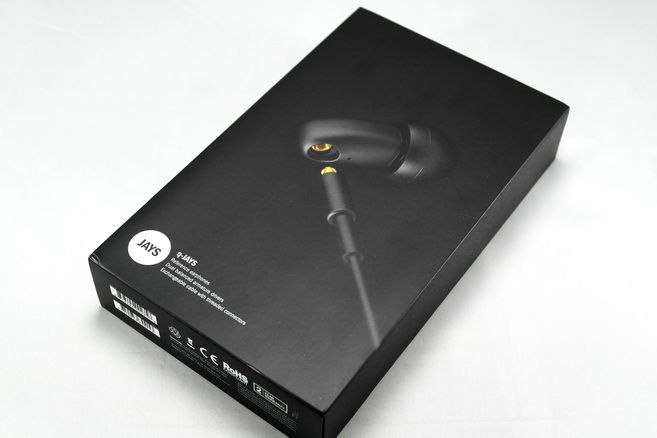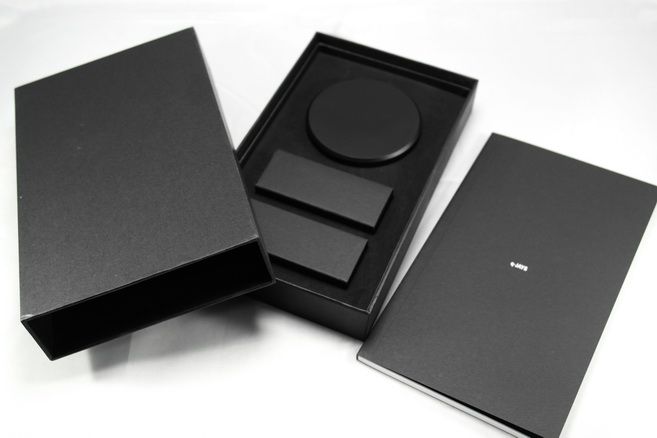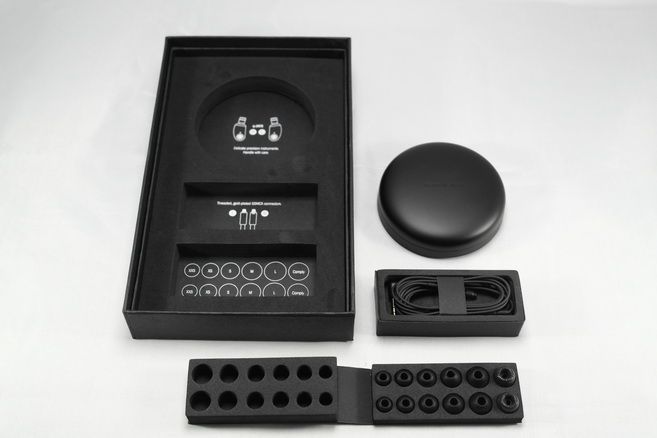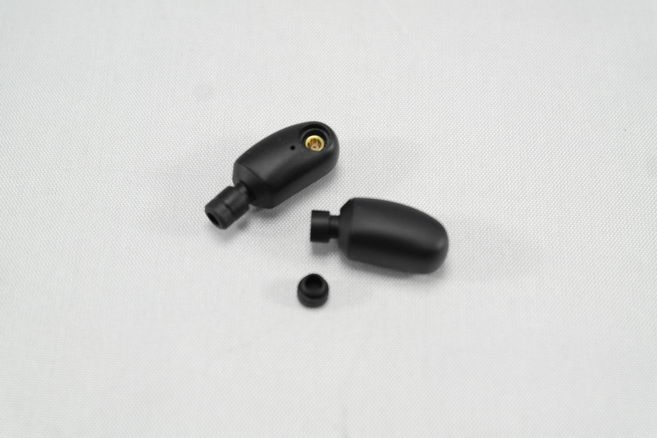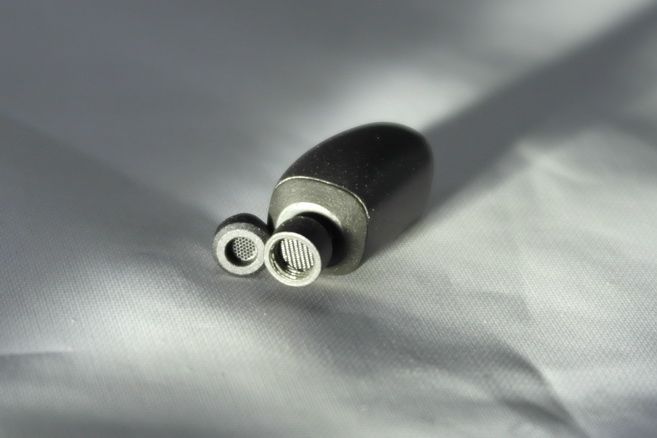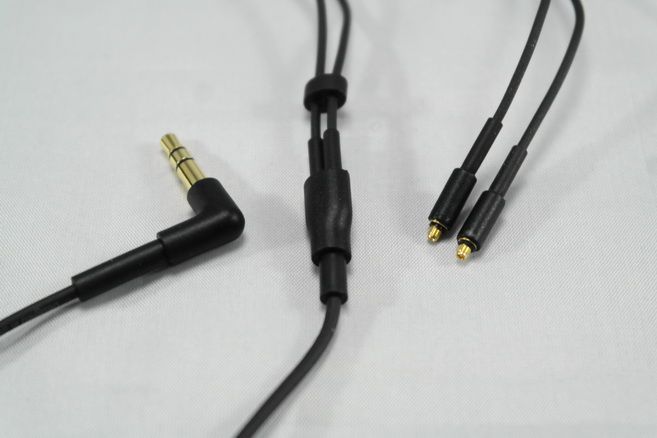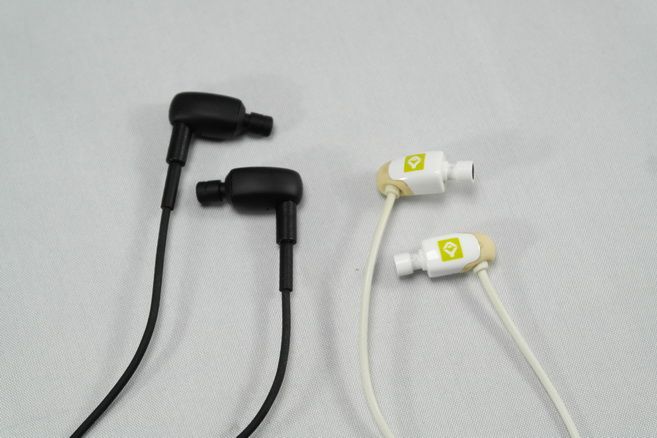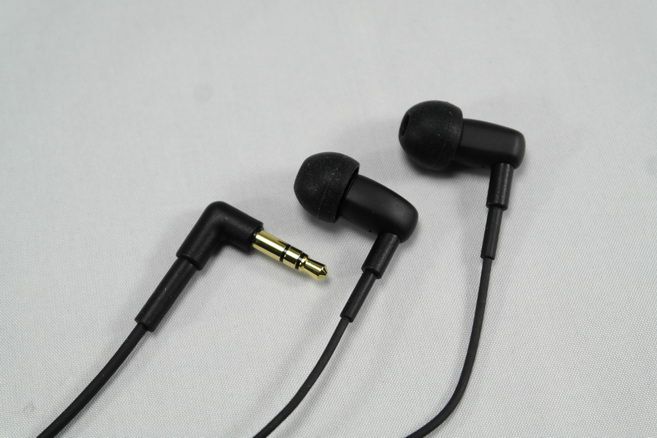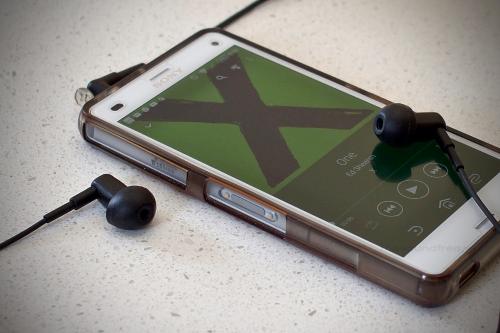Disclaimer:
I received this Jays q-Jays as part of the Australian/New Zealand tour that DJScope arranged. This is my honest opinion of the Jays q-Jays, and I am in no way affiliated with or work for Jays.
In addition, this review will not focus on technical aspects of the equipment. Rather I will focus on their representation of music to me. My enjoyment or boredom, bliss or disappointment with the equipment. Think of it as an emotional review.
Introduction:
OK, so I told myself last year – “just get back to Head-Fi, find a suitable setup, and leave…” I’m still here, after realising that the community had matured so much since last decade, yep 2009! The ability to now take part in tours and auditions opened up a whole new world of experiences. Now I was able to test out some great equipment, without the commitment, it’s like Friends with Benefits.
So my first review was of a desktop Amp/DAC – the Aune X1S. This time round, I was given the opportunity to take some IEMs for a spin – introducing the Jays q-Jays 2.0 reference earphones.
Official product page: https://www.jaysheadphones.com/q-jays
Hardware:
WHAT’S IN THE BOX?
The packaging reminds me of when I get a new Apple product. Sleek and exciting!

The contents of the box included:
- q-Jays earphones
- Earphone case
- Cable
- Tips
 BUILD & DESIGN?
BUILD & DESIGN?
Any other review you read will echo my sentiment here – beautiful and solid. These things are so tiny yet as soon as you feel one in your palm you will feel its weight. The solid stainless steel body is sleek and inconspicuous. No boisterous branding or markings, just simple black units, black cable and black tips. The official product page can give you the full run-down on the build and design, but I for one am considering switching my iPhone to Space Grey just so they match!
 About Me:
About Me:
As with any tour or review, these are my opinions and observations with the q-Jays and my hardware. For the purpose of this audition, I used the following equipment –
Source: iPod Classic/iPhone 6S using a mixture of Apple Lossless and MP3 files
Amplifier/DAC: HeadAmp Pico Portable Amp/DAC
Headphones: 1964Ears V3 (for comparison)
My taste in music is quite peculiar and focuses heavily on heavy metal – in all forms. A majority of my listening was with bands such as Iron Maiden, Fallujah & Ne Obliviscaris. However, I still enjoy a variety of genres, so also included Jazz, Blues, Rock, and Classical.
Sound:
The q-Jays for me feel like 2016’s ER4. A beautifully balanced/analytical sound signature. This is heavily dependent on the tips however!
- Plastic/rubber tips: this was how I heard them first, and I nearly gave up. It was a gross, blown-out high sound with little to no bass/sub-bass.
- Shure Olives: this is what saved the q-Jays for me. The proper seal tamed the crazy highs and brought out the bass/sub-bass. Not to mention how comfortable they are.
There is a reason the q-Jays really resonated with me, and a reason I really like them: they were not like my 1964 Ears V3 (64Audio now). The q-Jays are a different beast, offering my music in a different light. Giving focus to the subtle nuances of my music, rather than presenting it in a digestible way. Now don’t get me wrong, this isn’t a put-down of the V3’s, I love my V3’s, but they provide a different experience than the q-Jays do.
To truly develop an understanding of these earphones I ran my favourite artists through them (iPod Classic -> HeadAmp Pico) –
- Ne Obliviscaris [progressive black metal]: being such a complex band (clean vocals, harsh vocals, 2 guitars, bass, violin, and drums faster than 220bpm), my key concern was the ability for the q-Jays to keep up with the speed and attack of songs such as Blackholes and Pyrhhic, without diminishing the details of the band. As expected the low-end was not as full-on as my V3s, Dan’s drums were nicely toned, and a key factor for me is how lush the crashes are; and oh how beautiful they were. Tim’s violin was another beautiful sound to experience. The soundstage and instrument separation really set the q-Jays apart as an IEM. I’ve been used to IEMs making the music feel like it’s in such a small room, but the q-Jays pushes everything out so well.
- Iron Maiden [heavy metal]: listening to Maiden was a little less full-on than NeO. Classic British heavy metal – 3 guitarists, bass, drums and a 747 pilot who sings. I used The Number of the Beast to evaluate how the q-Jays performed, and again, very impressed. Being such a tight record, the q-Jays gave great instrument separation (as mentioned before), and put’s the entire band on such a spatial stage that I find the V3’s just can’t.
As a last minute test I decided to test out the q-Jays straight out of my iPhone 6S. There’s a discernible difference using this setup over the iPod/Pico setup, and that is the soundstage. Directly from the iPhone the soundstage feels much closer and tighter, not as much as the V3s, but still you can definitely feel the music a bit more cramped in. Nevertheless, still a treat to listen to, no discernible faults though – I was not hindered by any out of control highs or lows, everything felt balanced – as expected from a BA earphone.
Favourite pairings:
iPod Classic -> HeadAmp Pico -> q-Jays
 Value & Conclusion:
Value & Conclusion:
I was blown away by the q-Jays with extended listening. They are superbly built, sound fantastic and amazingly comfortable for long sessions. These are a must for my collection, as mentioned before, they won’t replace my 1964 Ears, instead they will provide me a different avenue to enjoy my music, but also allow some genres to shine (classical etc). The soundstage is what really sets these apart, wide and spatial, giving you a true sense of stage. I really can’t wait to get my hands on a pair, without getting too hasty, but these might be my new favourite at this price-point!

